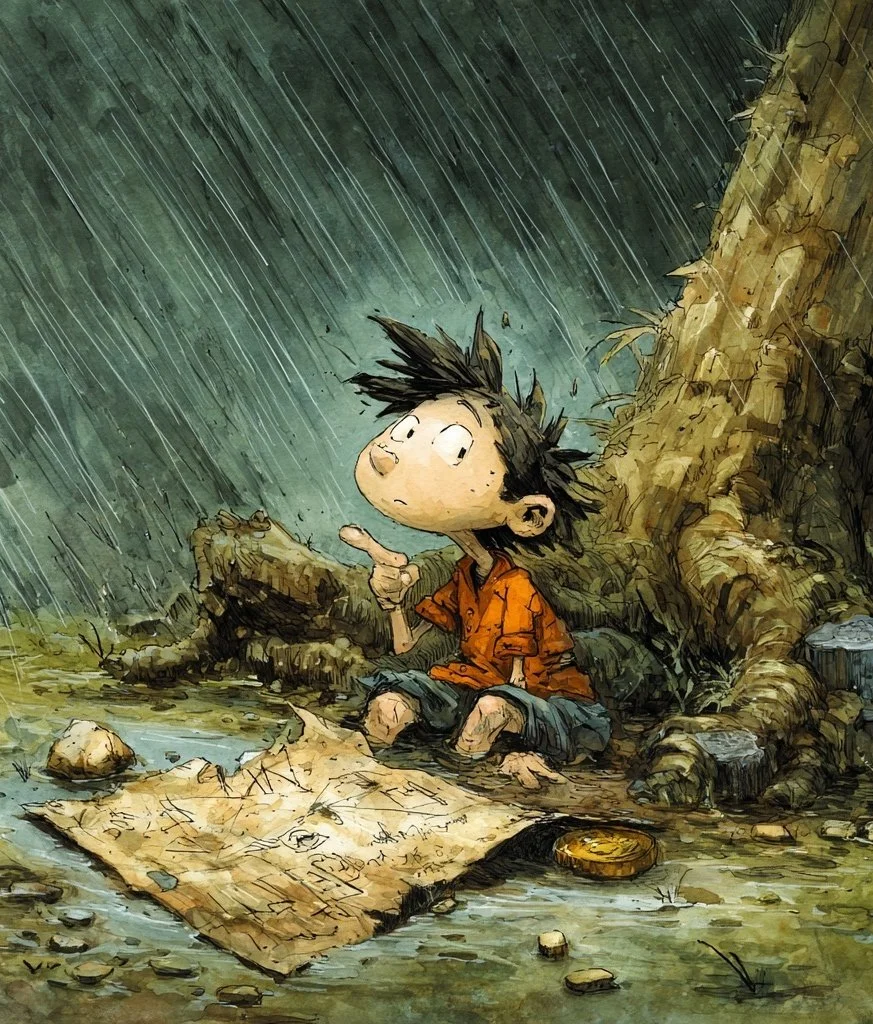About
I am Rus. Artist. System Builder. Visual Critic. Reluctant Engineer.
This is not a tool. It’s a logic space: Recursive. Symbolic. Self-contained. A closed vocabulary built to pressure the limits of seeing.
A system that critiques images not by how they look, but by how they fail under artistic questioning. It doesn’t optimize. It doesn’t enhance. It critiques, interrogates. It helps build prompts and new/altered images off of a base thought or image. It can combine, mix and provoke - or completely fail.
These logic things I build are epistemic prototypes: hand-authored frameworks exploring forms of visual reasoning that dominant systems haven’t even named.
These are recursive critical objects: not plug-ins, but mechanisms for symbolic fracture: testing what AI-generated images conceal when coherence replaces consequence.
These are self-contained dialectical models:
They do not interoperate. They don’t seek consensus.
They test their own language as a measure of friction.
A logic engine meant to resist AI outputs that simulate seeing but can’t survive scrutiny.
It is not a persona for AI, but an instrument: A lens that doesn’t ask if the image looks good, but asks whether an alternative state should exist in its place.
A lot of people like pretty images, not ones that ask.
This space isn’t offering images or mood boards of eye candy.
I’m not a PhD, yet I do math.
I combine code, logic and frameworks.
I speak without citations, but I am well read.
I reference only myself, but I speak for others.
There is no peer usage. No third-party validation, but I test and build.
No crossover with research, design, or interpretability circles, but I draw, paint, sculpt, photograph and work in advertising.
No error traceability, but I document everything and offer transparency.
No formal method, no testable outcome, but I bend results.
No validation of any opinions or theories, but I offer the work as proof.
As an artist I reclusively generate better imagery that I can use for my own craft. Images that asked, that don’t state a centered, engine default, aesthetic driven output. If you want that, this is a starting place.
And still, if this work holds any value, it will be in the constraits it applies.
Not the polish.
Not the output.
But the refusal to let the act of making images dissolve into spectacle.
See the difference for yourself.
This it isn’t about making better images.
It’s about making sure we don’t forget how to see when one is presented.
Contact
Interested in working together? Curious? Reach out.

